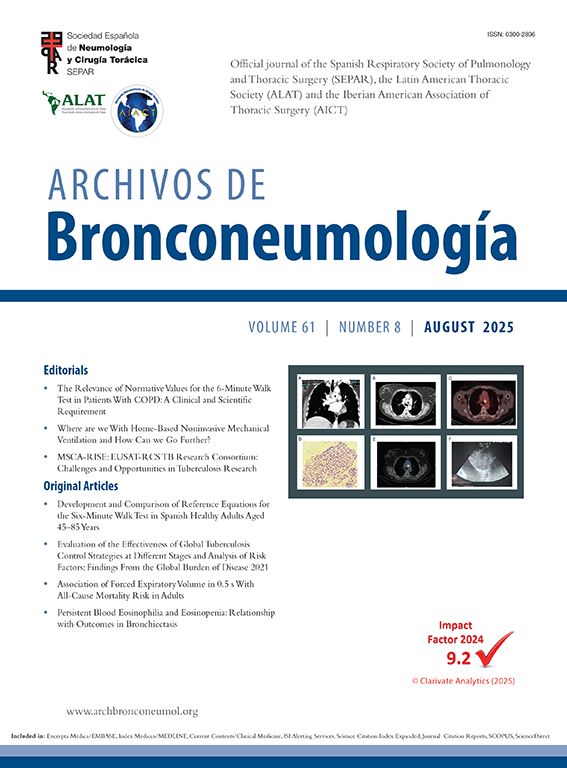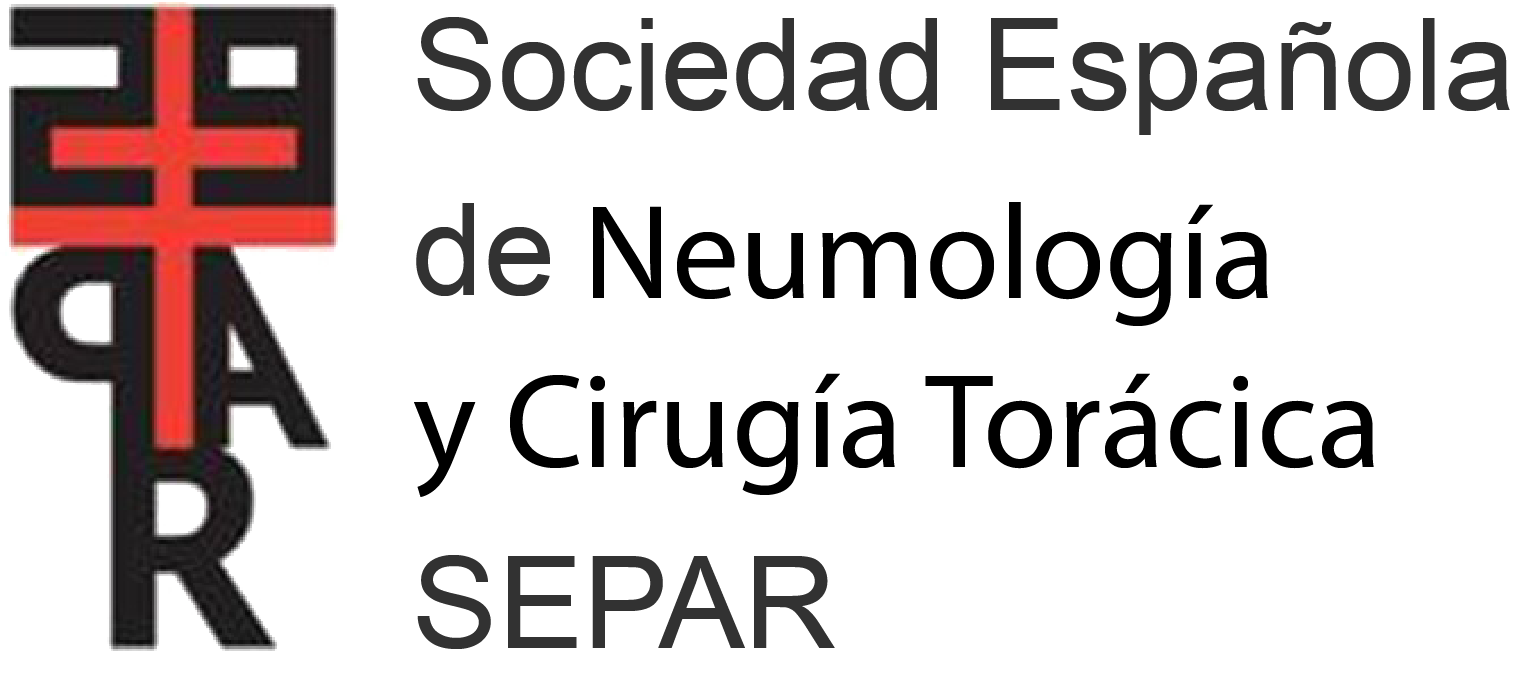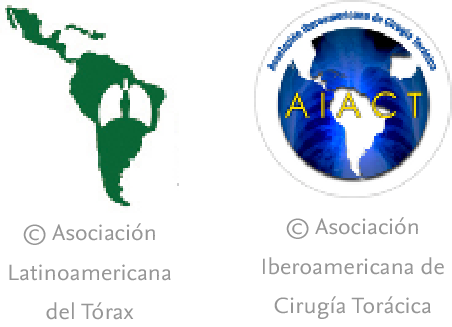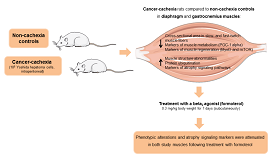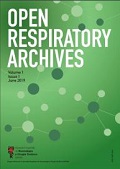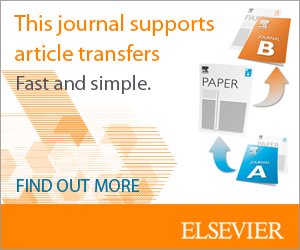The prone position is a well-established technique in pediatric intensive care units for enhancing oxygenation in severe cases of acute respiratory distress syndrome (ARDS).1 It has been described in newborn2 and adult transport.3-5 To the best of our knowledge, there are currently no reports on its application during pediatric interfacility transport.
This case report includes three pediatric infants.
Patient 1 was a 6-month-old female with aspiration pneumonia and meningococcal sepsis.
On the 13th day, she required intubation, mechanical ventilation, inotropic support, analgesia, sedation, and neuromuscular blockade, iNO (inhalated nitric oxide), HFV (high frequency ventilation) and changing the patient to the prone position. Owing to hypoxemia, the referring center considered ECMO (extracorporeal membrane oxygenation) support and requested interfacility transport. Upon arrival at the medical transport team, the patient was transferred to the ambulance stretcher in the prone position without any complications. The transport lasted 14min, and the patient remained stable. Upon arrival at the PICU, ECMO therapy was initiated 24h after admission and successfully withdrawn after 16 days.
Patient 2 was a 5-month-old male with a history of prematurity and bronchodysplasia admitted to a tertiary hospital due to bronchiolitis. After 3 days, the patient's condition deteriorated, leading to intubation, inotropic support, aggressive ventilatory measures and prone positioning. The referring center considered ECMO support and requested interfacility transport. At the arrival, the transport team proceeded to physical transfer to the ambulance stretcher in the prone position. The patient presented an episode of mild hypotension, which resolved after increasing the perfusion of noradrenaline. The ground interfacility transport lasted 67min with no complications. Upon arrival at the PICU (Fig. 1), the patient remained stable without needing ECMO support. The patient was discharged from the PICU after eight days.
Patient 3 was a 1-year-old male with pneumonia due to Haemophilus influenzae. Owing to severe hypoxemia, the referring hospital requested critical care transport to a tertiary hospital. Upon arrival at the medical transport team, the patient was intubated and inotropic support was initiated. Owing to progressive hypoxemia despite aggressive parameters and analgesia, sedation and neuromuscular blockade, prone positioning was performed, and iNO was initiated. The oxygen saturation improved. The transport team proceeded to physical transference to the ambulance stretcher in the prone position. The transport lasted 105min without complications. Upon arrival at the PICU, ECMO therapy was initiated 36h after admission and successfully withdrawn after 4 days.
To summarize, the presented cases demonstrate the feasibility and safety of using the prone position in pediatric patients during critical transport. All patients were transported in the ambulance stretcher using a vacuum mattress, and cushions on pressure points.
We suggest considering the prone position during transport for patients with severe ARDS if the patient is hemodynamically stable and under analgesia, sedation, and neuromuscular blockade. Additionally, we emphasize the importance of maintaining stability for at least 30min after placing the patient in the prone position before physical transference. Implementing prone positioning during transport requires careful planning and skilled execution by specialized medical transport teams.
Declaration of Generative AI and AI-assisted Technologies in the Writing ProcessNo help of artificial intelligence software of tool was used.
FundingThis research did not receive any specific grant from funding agencies in the public, commercial, or not-for-profit sectors.
Conflicts of InterestThe authors declare not to have any conflicts of interest that may be considered to influence directly or indirectly the content of the manuscript.
Rosa Martin Fernandez, Judith Perez Batllo, Montserrat Pujol-Jover.

